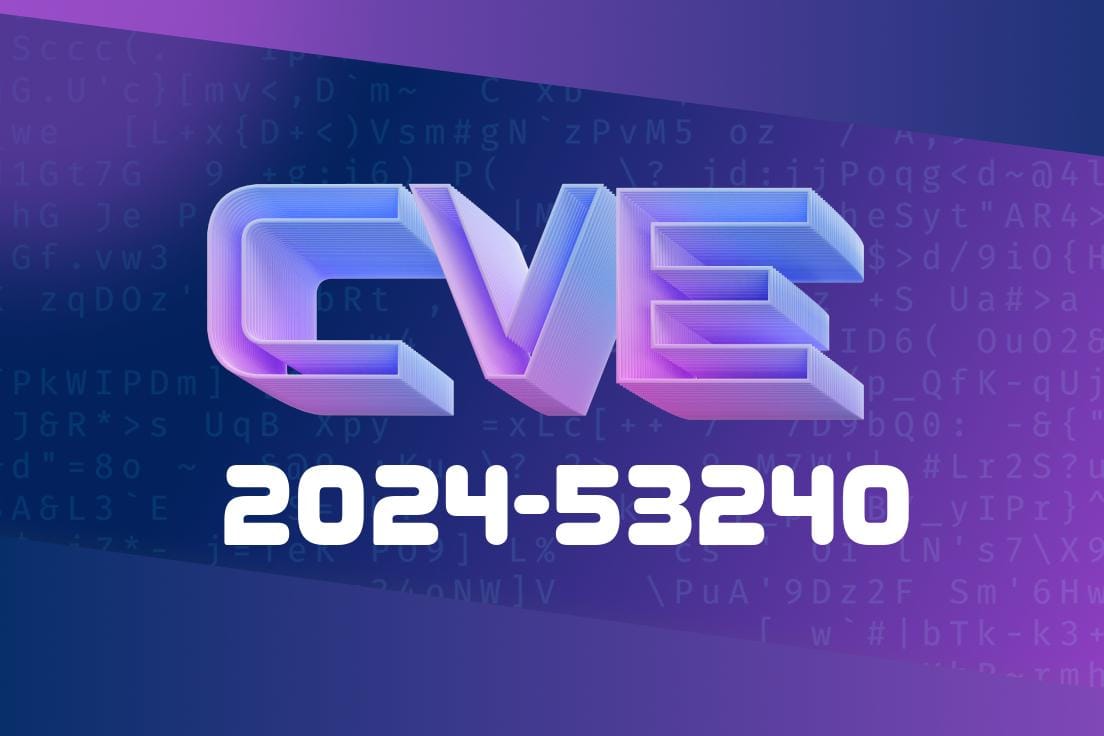Linux has long enjoyed a reputation for stability, but certain edge cases can still cause severe issues—even kernel crashes. A freshly discovered and patched vulnerability, CVE-2024-53240, highlights the subtle risk in Xen's netfront driver. Known also as XSA-465, this bug could let a local attacker crash a virtual machine (VM) using a crafted sequence of actions after suspending and resuming the VM.
Let’s break it down in simple terms, dig into actual code, and see how this can be exploited—plus how it’s fixed.
Vulnerability Summary
- Component: Linux Kernel, drivers/net/xen-netfront.c
Impact: VM Kernel Crash (Denial of Service)
- Trigger: Remove netfront device after suspend/resume cycle, before queues are re-initialized.
What Went Wrong? (Layman’s Explanation)
When a virtual network device (netfront) in a guest VM goes through a suspend/resume (pause and wake), the Xen netfront driver is supposed to tear down and set up internal data structures called "queues." Sometimes, if you remove the device right after resuming, the queues may not have been set up yet. The old code didn’t check for this—so if the device makes another cleanup attempt, it tries to operate on uninitialized memory, causing a kernel crash (oops/panic).
Key Snippet – The Broken Removal Path
Before the patch, the xennet_remove function didn’t verify that the queues pointer was valid before trying to stop or clean up the queues:
// Pseudocode for what was happening
static int xennet_remove(struct xenbus_device *dev)
{
struct netfront_info *info = dev_get_drvdata(&dev->dev);
// ... some code ...
// Without checking if 'queues' is set up
xennet_stop_queue(info); // Oops! Crashes if info->queues is null
// ... more cleanup ...
}
If info->queues was not initialized (e.g., right after suspend/resume without a setup phase), this would dereference NULL, causing a kernel crash.
Fix: Adding Proper Checks
The fix is brilliantly simple: Check if the queues exist before trying to stop or free them!
Here’s the patch (commit reference):
static int xennet_remove(struct xenbus_device *dev)
{
struct netfront_info *info = dev_get_drvdata(&dev->dev);
/* Check if the queues are allocated before accessing them */
if (info->queues) {
xennet_stop_queue(info);
free_netdev(info->netdev);
info->queues = NULL;
}
// ... rest of the cleanup ...
}
By adding the if (info->queues), the code now avoids dereferencing a null pointer, preventing the crash.
How Could This Be Exploited?
Anyone with root or sufficient privileges in a guest VM can, after suspending and resuming the VM (like in live-migration scenarios), run a rmmod xen_netfront or remove/disable the network device. If the timing is just right, this will trigger the bug. The result: Kernel panic and forced VM reboot.
You could script this using shell commands
# 1. Suspend the VM (host side, example)
xl pause <domain>
# 2. Resume the VM (host side)
xl unpause <domain>
# 3. Inside the guest (attacker), remove the network interface
echo 1 > /sys/class/net/eth/device/remove # Or
rmmod xen_netfront
# 4. Kernel crashes!
Who is at Risk?
- Cloud providers using Xen virtualization and exposing suspend/resume to guests (Live migration).
Mitigation and Patch
Upgrade your kernel! The mainline Linux kernel has merged the fix. Distributions (e.g., Ubuntu, Debian, RHEL) will backport it soon.
- Linux kernel commit – a997de80
- Xen XSA-465 Advisory
- NVD Entry for CVE-2024-53240
For sysadmins: If you can't patch right away, consider restricting who can load/unload kernel modules or suspend/resume VMs.
Conclusion
CVE-2024-53240 (XSA-465) shows that even “safe” code paths can be a kernel's Achilles heel if rare transitions aren’t handled carefully. A simple missing pointer check opened the door to easy, reliable VM crashes. The fix is now public, rolling quickly through distros. Upgrade soon—and keep an eye out for small, subtle bugs that could have big impacts.
Stay patched & safe!
*Feel free to share or quote this writeup; it’s an original explanation made to help admins and kernel fans understand CVE-2024-53240 in plain, actionable English.*
Timeline
Published on: 12/24/2024 10:15:06 UTC
Last modified on: 11/03/2025 21:17:45 UTC
